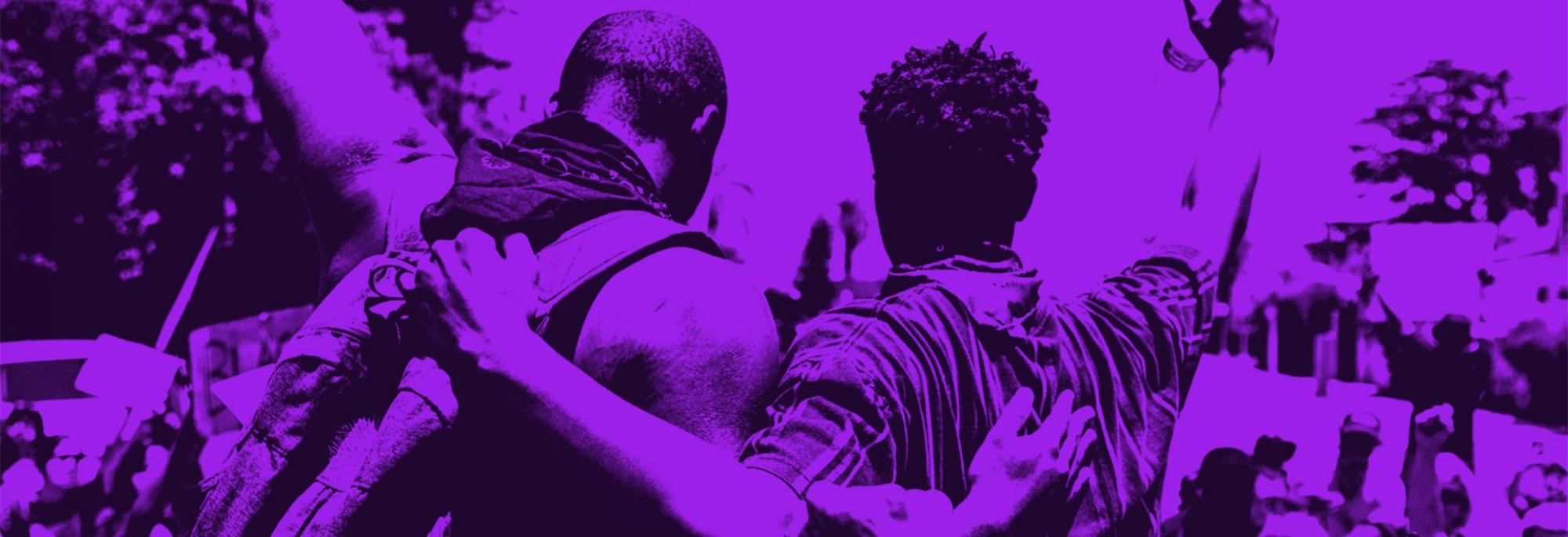
Mary White Ovington
Mary White Ovington was deeply involved in two of the most important movements of the 20th century: civil rights and women's suffrage.
Joining the civil rights cause
Ovington was born in 1865 in Brooklyn to parents who supported women's rights and the abolition of slavery. As a young woman, Ovington decided to join the civil rights movement after hearing Frederick Douglass speak at a Brooklyn church.
Ovington helped to establish the Greenpoint Settlement in Brooklyn and a few years later Greenwich House Committee on Social Investigations in 1904. There, she spent the next five years studying the employment and housing problems of Manhattan's Black community.
Ovington threw herself fully into the cause of civil rights for Black Americans after reading an article in 1908 that described a race riot that led to seven deaths and mass destruction in Abraham Lincoln's hometown of Springfield, Illinois. The author, William English Walling, ended the article with a rallying cry to come to the aid of the embattled Black community.
Helping to establish the NAACP
Heeding the call for action, Ovington arranged to meet with Walling, after which they decided to set up a national conference to discuss justice and civil rights for Black Americans. In response, dozens of white activists and seven Black Americans, including W.E.B. Du Bois and Ida B. Wells signed a statement that was released on the centennial of Lincoln's birthday on February 12, 1909. A few months later, NAACP held its first meeting.
NAACP established a board of directors in 1910, appointing Ovington as NAACP's executive secretary. She later served as the organization's chair after World War I.
Ovington threw herself fully into the cause of civil rights for Black Americans after reading an article in 1908 that described a race riot that led to seven deaths and mass destruction in Abraham Lincoln's hometown of Springfield, Illinois.
Ovington combined her civil rights activism with her commitment to the struggle for women's voting rights. In 1921 she wrote to a leading suffragist to request that a Black woman be invited to the National Women's Party's celebration of the passage of the Nineteenth Amendment, which granted women the right to vote.
In 1934, Ovington gave a series of speeches to more than a dozen colleges in an effort to demonstrate to Black students that some whites also opposed race discrimination. In these speeches, she would show the map of all of NAACP's branches to show students "the power the race has gained."
Ovington's books included the NAACP
Ovington wrote several books about Black society and culture, including Half a Man (1911), Status of the Negro in the United States (1913), a study of Manhattan's Black community, and Portraits in Color (1927), biographical sketches of prominent African Americans. She also documented her work in her autobiography, Reminiscences (1932), NAACP in The Wall Come Tumbling Down (1947).
In 1947 after nearly four decades of service she died in 1951 at the age of 86. In 2009, Ovington was depicted on a U.S. postage stamp alongside Black civil rights activist and suffragist Mary Church Terrell.

Meet other heroes who advanced racial justice
The voices of these visionaries shape our present and inform our future.
View all civil rights leadersJoin the fight
You are critical to the hard, complex work of ending racial inequality.
Become an NAACP member